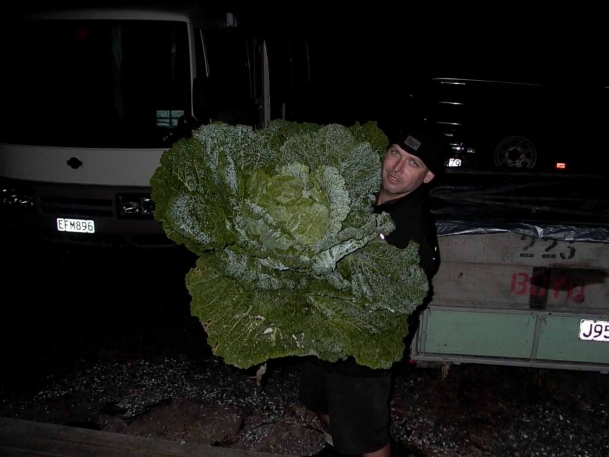Are we getting the yields we think we should and can we actually determine possible yields using the Reams soil test- it certainly appears so.
Grant Paton from Environmental Fertilizers is here to help and shed new light on approaching potential crop yields.
Crop yields are determined by the energy that the plant can access from the soil from the start of germination to the point of harvest. This energy comes from the air, water, present soil mineral status and fertiliser inputs.
If at any point of a plants productive life it feels energy for production is restricted, the plant will compromise yield for its survival.
“The first 45-55 days of seasonal a plants life after germination is critical,” says Grant.
“During this growth phase, the plant is in a vegetative [leaf] state of growth, so it requires an abundant supply of this form of energy - that is Nitrate - nitrogen [80kg/ha], Calcium [> 3000kg/ha], Magnesium [<450kg/ha], remembering magnesium is an enemy of nitrogen but critical for photosynthesis.
“For these vegetative minerals to function properly we need a Phosphate to Potassium ratio of 2:1 up to 4:1. The higher the phosphate the better the potential yield, as phosphorus ushers all minerals into the plant except Nitrogen,” says Grant.
“We need the Phosphate soil levels > 400kg/ha and if the phosphate reading on the Reams Soil Test is at 400 the potassium must be 100-200kg/ha.
“But the issue is we don’t normally see this critically important ratio between phosphate and potassium.
“More often than not, the potassium out-dominates the phosphate. So here is our basic problem, a lack of phosphate and it is inhibited to correctly do its job by potassium,” says Grant.
“How do we get weight into a plant? Well, the number one mineral is calcium, and this need phosphorus to usher it around the plant so it can do its job – boron is critical here as well – and that is predominantly for cell wall strength which gives shelf life. “Which the kiwifruit industry is only too aware of.
After the first 55 days of growth the plant is now starting to transform it growth phase into a reproductive phase (setting the stage to grow seeds, fruit).
For it to do this, it requires an abundant supply of ammonium-nitrogen [60-80kg/ha], phosphate, sulphate-sulphur and the trace mineral manganese is critical here, as it is required for germination, without the trace element manganese, seeds would struggle to germinate.
“There are a number of other minerals associated with this to successfully complete the picture, but if you don’t have the nitrate-nitrogen, ammonium-nitrogen, calcium and phosphate set properly, you don’t have any hope in reaching potential crop yields.
“The plant can’t get off to a flying start, and it can’t get all its jobs completed on time for it to reach its potential,” says Grant, u see this in the sweetcorn u buy and the top kernels of the cobb have not filled out.
“Calcium availability in the soil is probably one of the greatest over-looked mineral issues we face and the single biggest mistake that everyone is making. Quite often it is a soil biological issue.
“I’m not saying all the other minerals are not important, because the absolutely are, but calcium gives you weight in a plant shelf life and phosphorus allows this to happen.



0 Comments
Leave a Comment